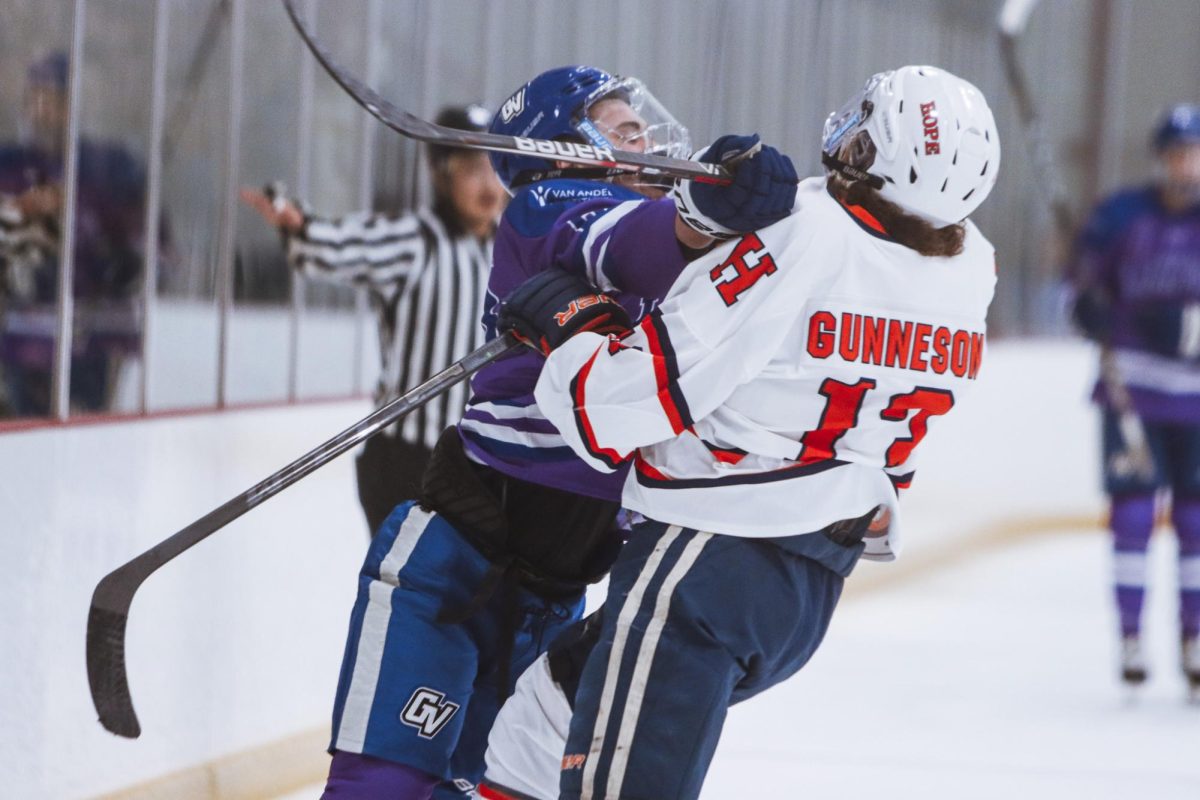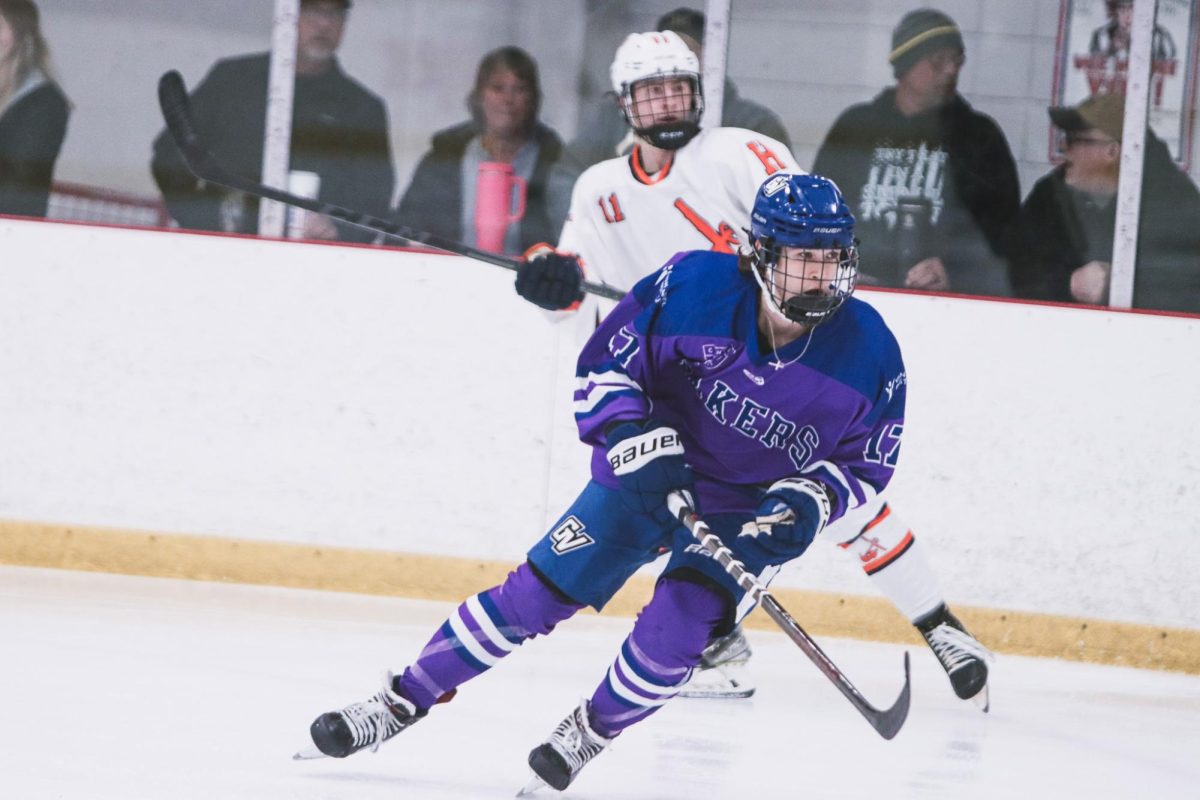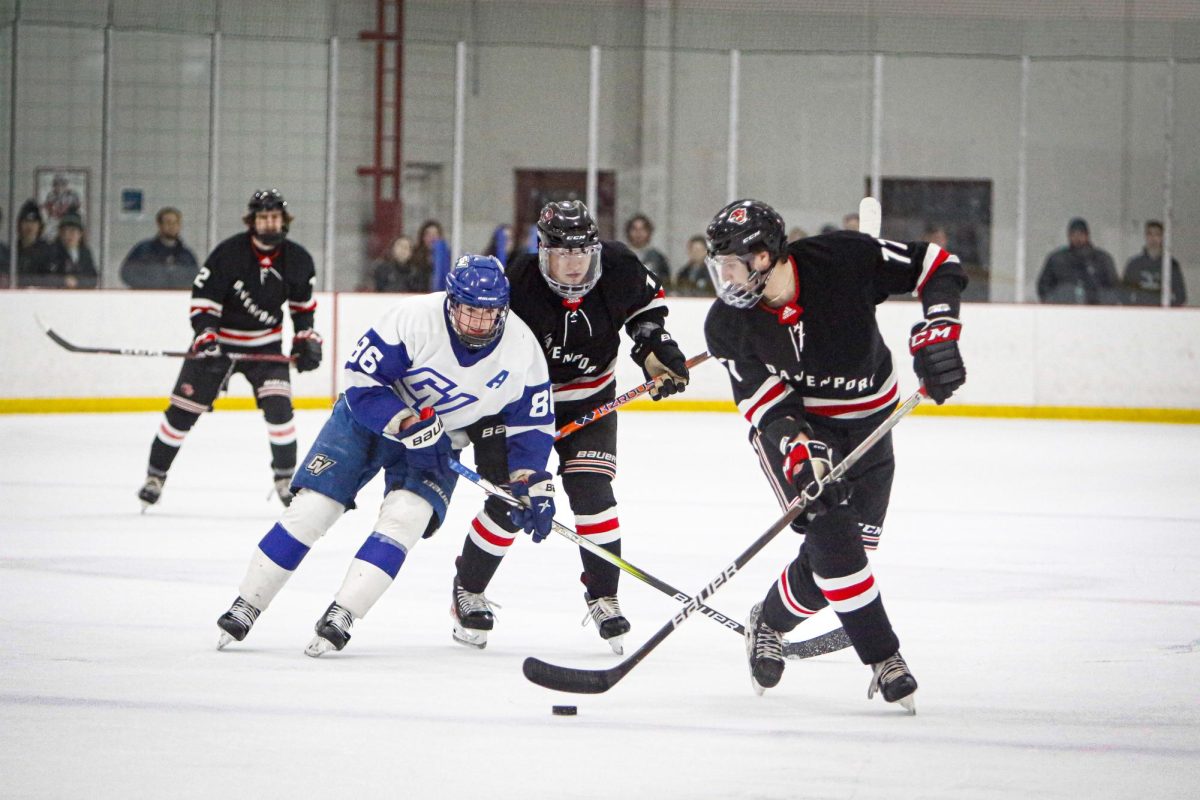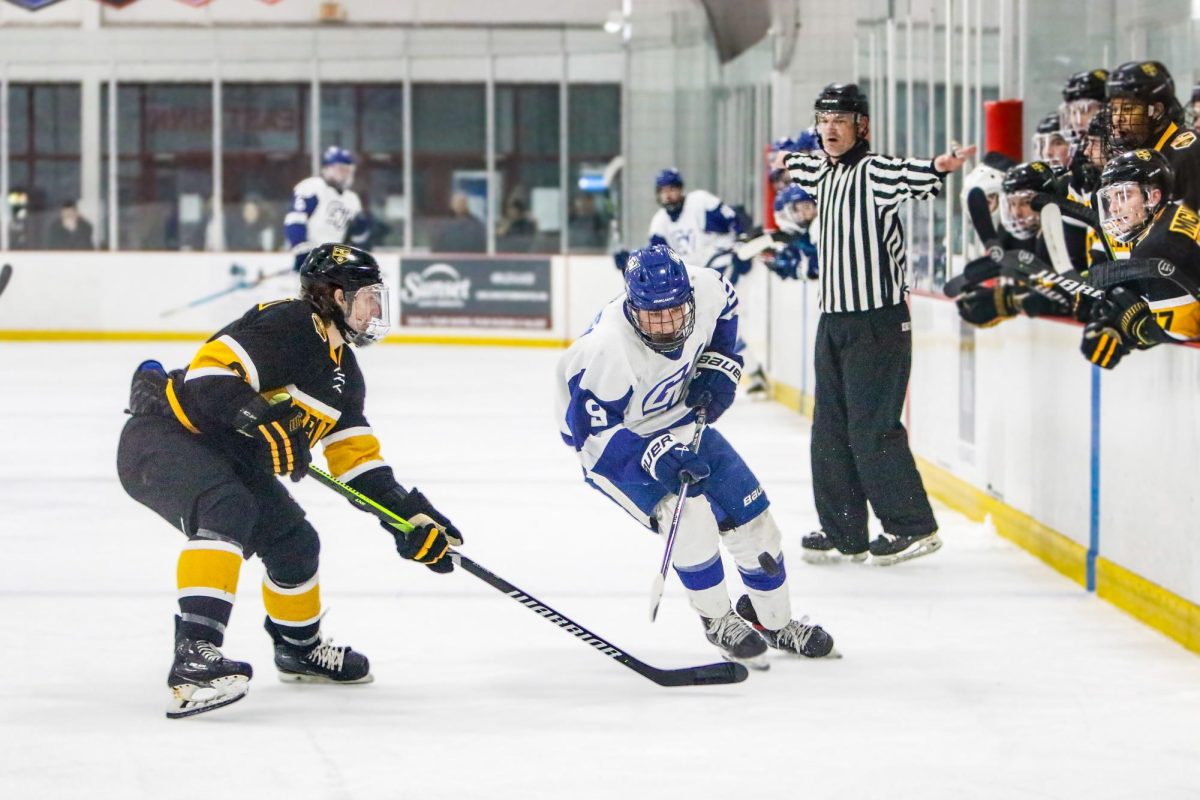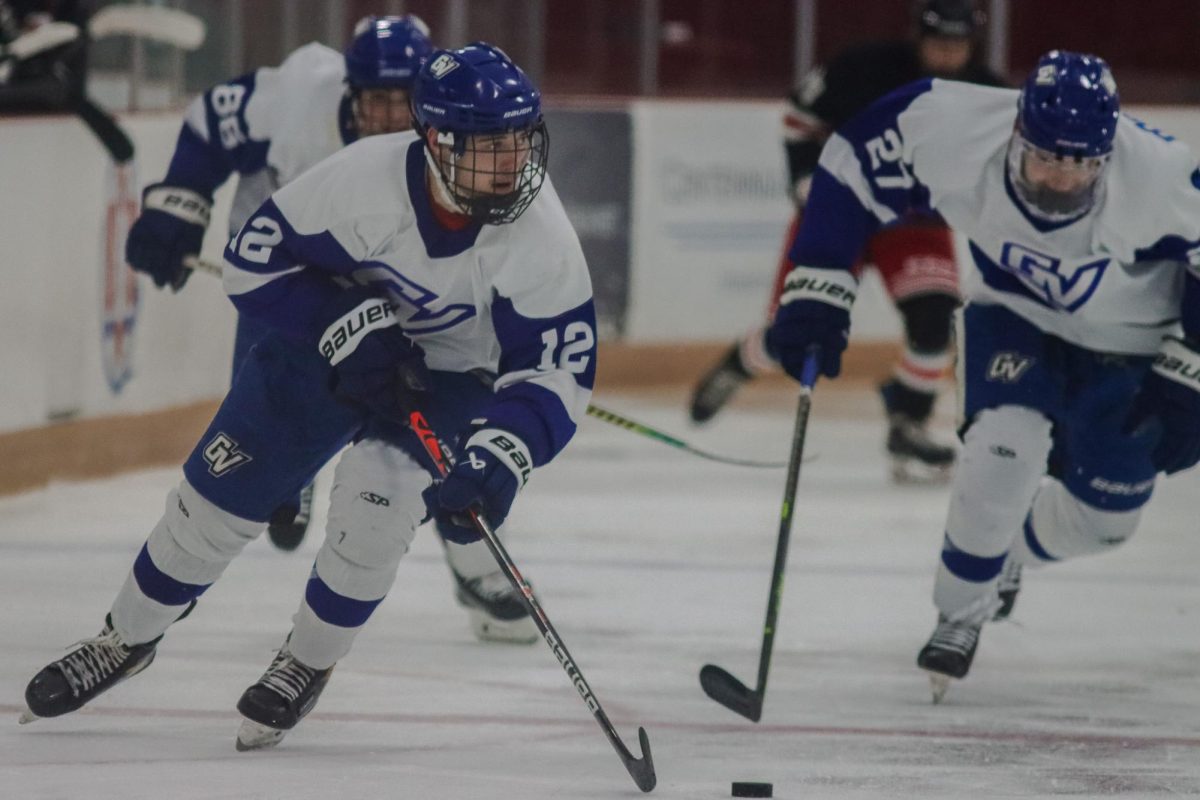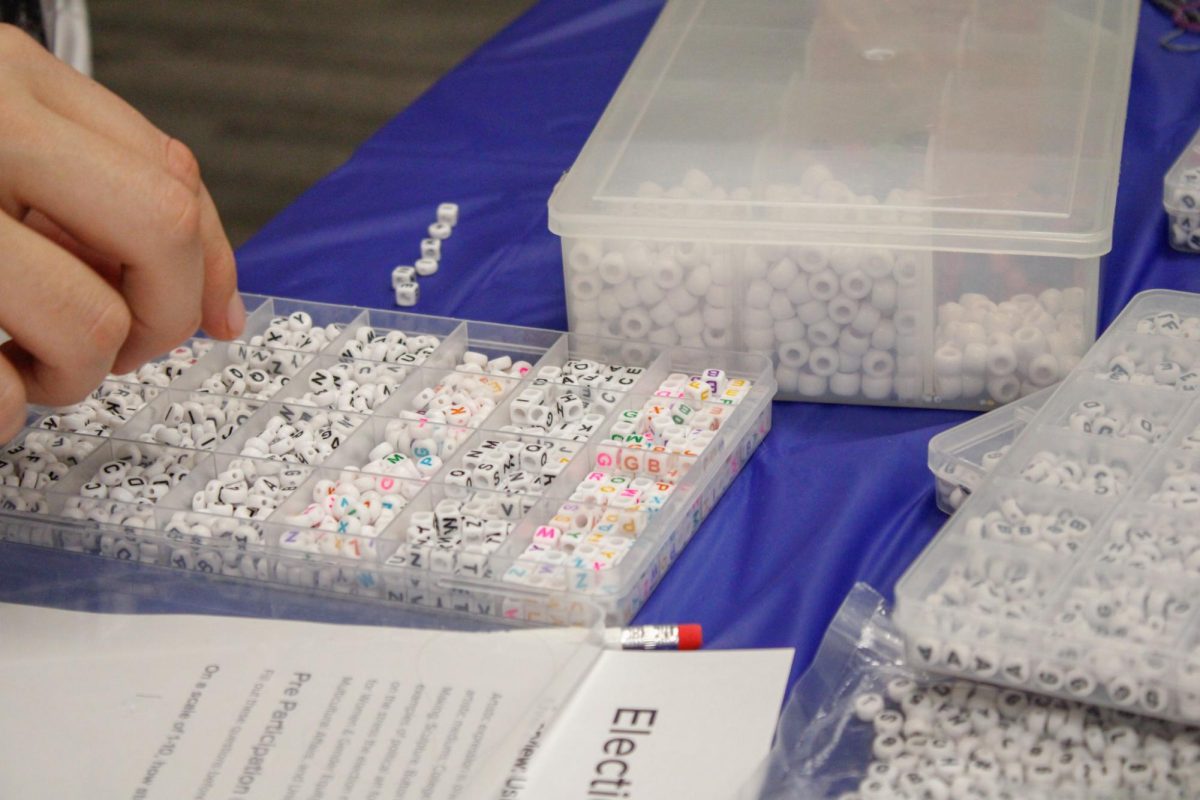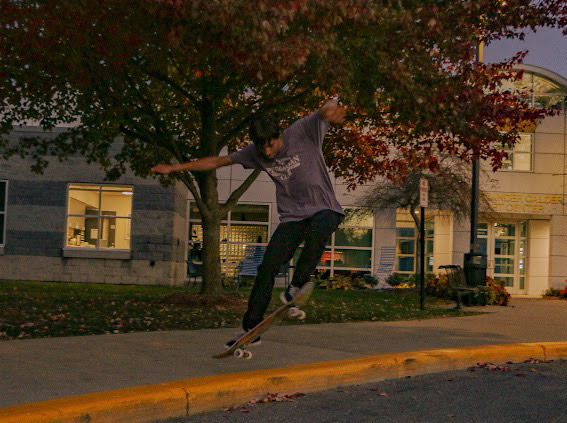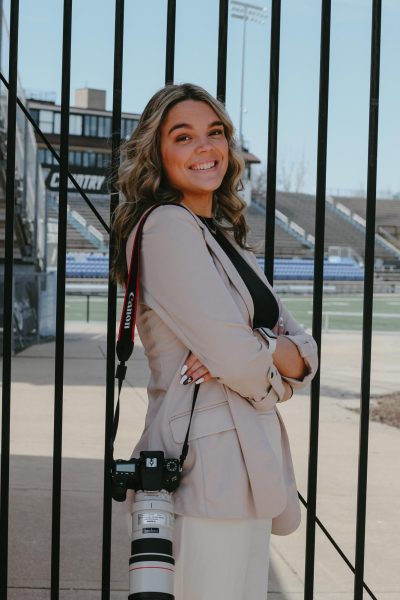Grand Valley State University offers 38 club sports for women’s, men’s and coed teams. Men’s club ice hockey is currently the only club sport that has both a Division I and Division III team of the same sex. The unique situation led Club Sports to force two teams to share a singular budget.
The presence of two hockey teams under the GVSU club sports umbrella has led to questions about how the budget is and will be allocated between the two teams in regards to spending, fundraising and donations. Before 2020, the two teams had separate budgets. When the teams began playing after some COVID-19 restrictions were lifted, the budgets were combined. Mike Przydzial, acting director of Recreation & Wellness said one of the major reasons the budget was combined was “to level the playing field” in regards to how much money each club sport received from the Club Sports Department. He said GVSU has “no other club sports, same gendered, that existed as two separate organizations” like the men’s hockey organization.
“So when you look at things from an equity lens we had the men’s ice hockey program, basically receiving double the resources (from club sports) as the women were,” Przydzial said. “Ultimately (by combining the budgets) we were getting them to a level playing field, to align with every other club sport we have.”
While GVSU Club Sports helps fund club sports to a certain extent, the majority of the budget is funded through club members’ dues, fundraising and ticket sales from the games. Since the whole budget is shared between the DI and DIII teams, where the money comes from and how it is spent can be a point of contention for the players of both teams.
Currently, both teams play at Griff’s Georgetown ice rink located in Hudsonville, Michigan. Shared budgets help the teams pay for time on the ice and lease locker rooms within the facility for the duration of the season. Additional expenses include gear, travel expenses and tournament fees.
DIII hockey players said they started noticing greater disparities in the shared budget during the 2021/2022 school year. The Division I team upgraded the leased locker room facilities in Griff’s Georgetown, and the money for the renovation came out of this shared budget.
“We paid for half of the upgrades technically and not many of the Division III guys have even stepped a foot in (the Division I locker rooms) since the upgrade,” said Jack Myers, a senior captain of the Division III team.
The recently renovated Division I team’s locker room cannot be used by the DIII team. Since the teams practice at similar times and the DI teams leave items in the locker room, there are not enough lockers to accommodate two teams. The Division III locker rooms have yet to see any upgrades.
Myer said the current Division III locker room used to be a storage closet, which poses its own problems.
“There’s not enough stalls to fit everybody so there’s chairs in the middle, we call it the island. It’s super packed there. No bathrooms, no showers,” Myers said.
To help better accommodate the DIII team, Myers said Griff’s helps provide the Division III team with a temporary locker room when they play home games, rather than let them use the leased Division III locker room.
Although the discrepancies in locker room space are not managed by the Club Sports Department, Przydzial said he hopes the teams can internally manage the funds to “refresh that Division III space.”
“I do think that I would continue to encourage them to look at ways on earmark dollars or setting aside a specific dollar amount to where ultimately they can get to a point of having upgraded locker space and equipment in there to make it an area of pride for the Division III program,” Przydzial said.
In April 2023, Myers and alternate captain John Livingston met with both Anna Tollefson, the assistant director of Recreation & Wellness and Andrew Rolls, the Club Sports coordinator.
Myers and Livingston pushed for the shared budget to be separated and hoped to address some of their growing concerns about the shared budget.
“Basically we wanted to kind of separate the two budgets because they are two completely different teams,” Livingston said.
Aside from the frustrations over the locker rooms, the Division III players want to push for separate budgets because of how fundraising fits into the budget. Since a large portion of the shared budget is made up of fundraising, the players want the money they raise to go to their own team.
Additionally, concerns about where funds will be directed can lead family and friends of players to be hesitant about donating.
“We have a lot of parents, and even alumni, that want to make contributions to the DIII team but they are a little hesitant doing so, just because they don’t know if that money is only going to DIII or if some of it is going to DI as well,” said Livingston.
Tollefson said monetary donations can be directed specifically to one team under the men’s club hockey team umbrella. Tollefson said while the two teams do share a budget, she still encourages family and friends of players to donate. She said donors should communicate what team they want their donation to benefit. This specification allows the money to go to the team’s “gift account.”
“(Donations are) easily tracked between the teams, and donors are allowed to make a directed donation. That just has to be outlined with their donation and communicated,” Tollefson said.
Livingston said being a part of the DIII hockey team at GVSU has been a constructive part of his time in college. He said this is one of the reasons why he feels so strongly about pushing for change in the GVSU Club Sports culture.
“Personally, I would love to establish a separate budget from DI, but it has been a very challenging task to do so since club sports has been unsupportive with that possibility,” Livingston said.
However, Club Sports said the decision to re-separate the hockey teams’ budgets officially would be a decision made at a higher administrative level in the department. Club Sports currently wants to act as a guide for the shared budget and encourage the students and coaches of the two hockey teams to create more transparency about where funds come from and how they are spent.
“We have talked to both their coaches, and the biggest thing that we preach is that it’s really about a lack of communication than anything else,” Tollefson said. “Students need to just know and have a better understanding in general of the entire budget and how things work financially for them.”
Since Club Sports does not oversee every detail of the team’s budgets or how funds are allocated, they say budget decisions are up to the players on the Eboard and coaches. Despite not being able to separate the budgets, Club Sports said can support the teams throughout the process.
“There are ways to (create separation in the budgets) internally, through one organization,” Przydzial said. “Club sports is for students, and we will continue to remind students of that organization and around the entire program. We want those students to be involved, we will listen to their voice, we are here to work with them.”
Overall, Club Sports said they hope Division I and Division III teams would be able to come together and mutually agree on a way to make the shared budget work and they would offer any assistance they can to help support the teams.
“We want them to succeed,” Przydzial said. “If there are issues perpetuating by all means we want to help navigate them through them.”




